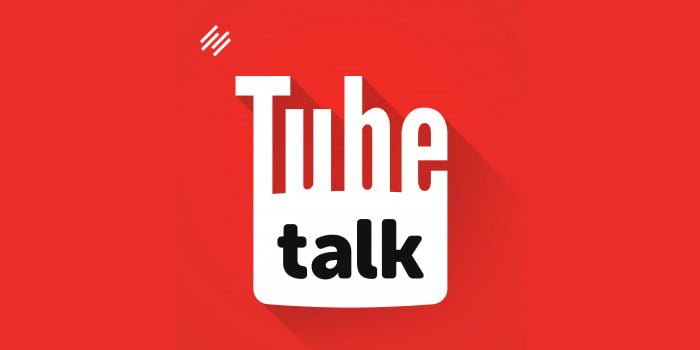Last updated on June 14th, 2024
How do you match your content to audience and value proposition? How can you work with YouTube influencers to promote your brand? How can YouTubers make their channels more attractive to brand deals? We answer these questions and more this week on ReelSEO TubeTalk: YouTube Video Marketing Tips.
HOSTS:
- Dane Golden: VidAction.tv | LinkedIn
- Tim Schmoyer: VideoCreators
- Tim Street: 1TimStreet | Follow @1TimStreet
Tip #1: Match Your Channel to Your Audience & Value Proposition
Tim Schmoyer says that to find out what type of content you should have on YouTube, first you have to start by asking what your goals are on YouTube: Are you selling something, are you trying to promote something, or build exposure? Then ask yourself who the channel is for. Who is the target audience that you’re trying to reach? Then you ask what value you are going to deliver them. Then you can ask how you will best deliver that value with your content strategy and content style.
Tim said if you’re trying to promote a clothing line to junior high-age girls, then the vlogging style might make sense – this age group is used to creating a relationship with YouTube creators, and this style resonates with them. However if your clothing line is for young professional women in their 20s, your content strategy might be better based around an expert host, similar to a beauty guru approach. It depends on who you’re trying to reach and the value you’re trying to deliver on your channel.
With his own channel Video Creators, Tim has named the channel after his target audience. His value is “master YouTube, spread your message.” His format is an expert talking head giving quick tips and advice on YouTube audience development on camera. There’s multiple ways of doing that – Matt Ballek does more presentation/animation style which also works well with the same subject matter.
Dane Golden mentioned that Scott Jordan of ScottEvest has a combination YouTube approach – he’ll demo his products in a TV commercial style that he stars in, he does live hangouts, vlogging, and uses a combination of other methods on the same channel.
Tim Street says that you need to understand what your brand permission is. When you’re building an audience, you’re building a brand. And a brand is a promise. Just because you have the idea of doing something, that idea might not sit well with your audience – so you need to consider that when determining your content type.
Tip #2: Work with Creators to Attract More of Your Target
Dane Golden says you might think of this as the “It’s not you, it’s me” plan. For brands on YouTube (or on Facebook video or other social video), what you say about yourself is often not as important as what your fans and the YouTube community at large say about you, and how you engage with video creators.
Many companies are starting to focus on working with creators to drive their brand. The company Sigma Beauty, for example, is building a business around influencers, not its own content. On their own YouTube channel they have 64,000 subscribers but strangely only 120,000 views. The reason for this is that they post other channel’s videos to their own channel in the form of playlists. These videos are created by their fans and/or affiliate program members.
How big is their affiliate program on YouTube? Dane looked in the Octoly system to run their YouTube footprint, and found that their affiliate videos have 3.5 billion views. Yes that’s billion with a “B.” In February alone, Sigma affiliate videos were viewed 120 million times, and 3,500 new videos were posted that had a Sigma affiliate link in them. Keep in mind that the videos that included a Sigma link in the description often feature many products. But it adds up. So much so that the company has grown in five years to a company with $25 million in sales last year, mostly through a combination of YouTuber outreach combined with their affiliate program.
Tim Schmoyer says while it’s usually not allowable by YouTube’s terms of service for you to put affiliate links in annotations, it is acceptable to post affiliate links in the description, but you should check in the monetization box for that video that it includes paid product placement. Tim Street says that when you pay people (affiliates) on a CPA (cost per acquisition), and if participants are able to make money this way, it makes it enticing for them to be an affiliate. Lon Seidman on his tech gear channel uses an Amazon affiliate link and makes sure people knows it’s an affiliate link.
Tip #3: Make Your Channel More Attractive to Brands for Deals
Tim Street says that brands want predictability. They want to be able to look at a channel and know who the audience is, know who it’s going to deliver to, and that it’s going to get a certain number of views. Tim said that brands will look back over the past two months of videos to determine if you’re consistent with what you’re doing with your channel, and that your numbers aren’t erratic. Additionally, if you do different types of videos, and some are more popular than others, you’ll want to make sure you label and highlight the popular videos.
Tim Schmoyer says that creators should make sure that the sponsorship makes sense for their audience and for them as a creator – and for the brand. Dane says that it’s got to be your authentic self talking about the product. Tim Street says you should be able to test the product and get an explanation from the provider of the product.

